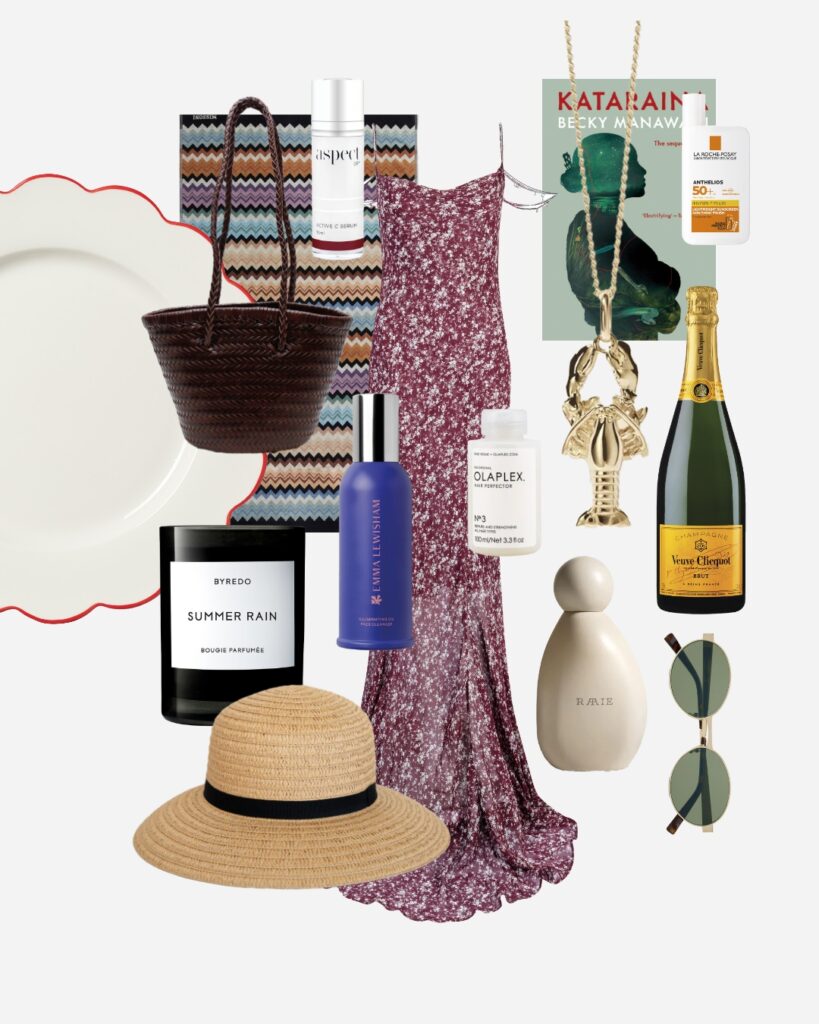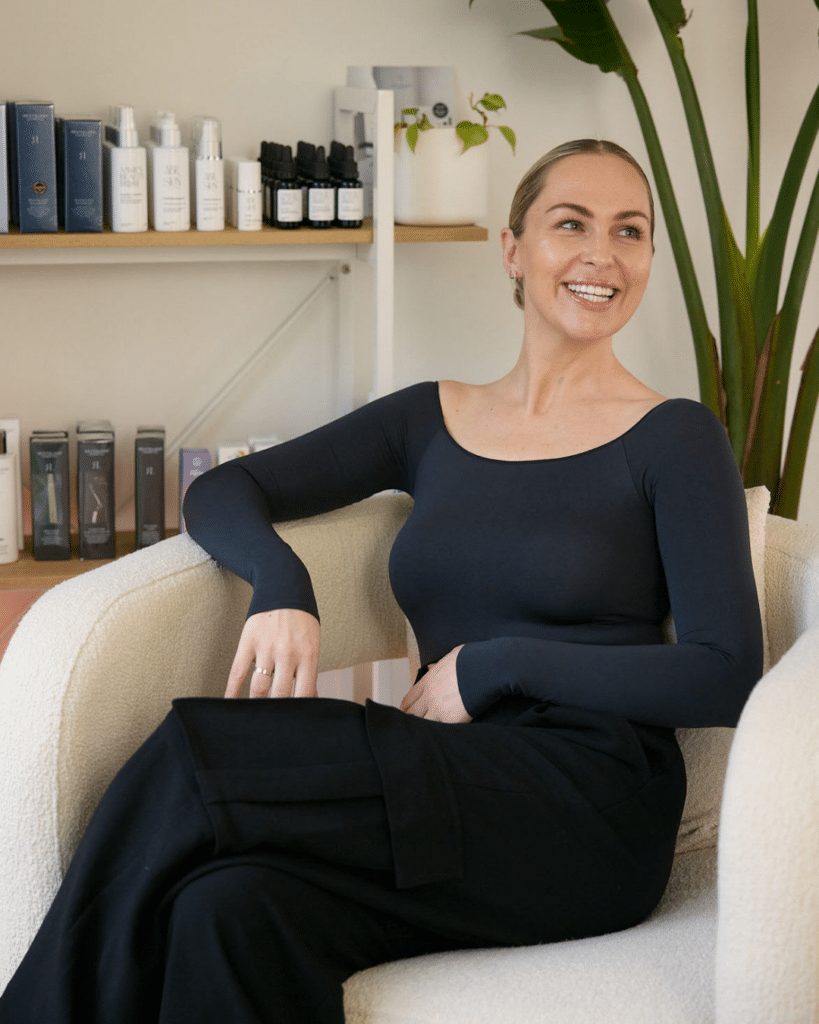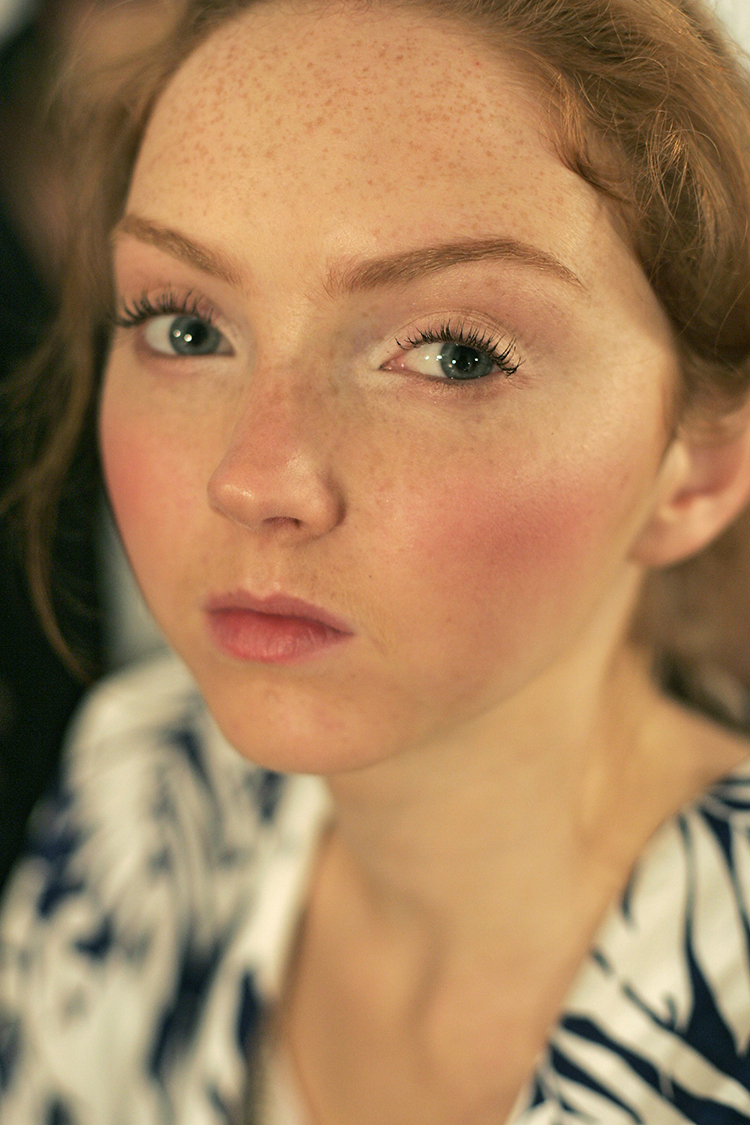
We dive deep into the causes of pigmentation and how to treat it.
Great skin is the holy grail of beauty; it leads to increased self-confidence, which makes life feel pretty sweet. There’s no mountain too high when you’re feeling good. Clear skin – free of blemishes and pigmentation – is very youthful.
It is age and time that cause the marks of life to be revealed on our faces. They wear our lifestyles. “It [skin] is the largest organ in the body, the last to receive any nutrients we eat and the first to lose it,” says Dr Catherine Stone from The Face Place. “It’s also the body’s first line of defence against external toxins.” We need to treat our skin kindly, with lots of love and care.
Sometimes, though, no matter how carefully we treat our skin, we get rewarded with brown spots. Pigmentation is one of the biggest concerns, particularly in New Zealand where we are more exposed to UV light in spring and summer. Pigmentation can have a number of causes. Different types of pigmentation sit at different layers (epidermal or dermal) in the skin.
There are also several triggers: sun damage, pregnancy, hormonal treatments, medication, hypo-thyroidism and some topical products that can cause a phototoxic reaction. Hormonal pigmentation sits deeper and can be harder to treat.
Usually the only way to be completely free from the symptoms is to remove the hormonal trigger – stop taking the contraceptive pill or wait for pregnancy hormones to subside after birth. Most commonly, pigmentation is caused by a combination of sun damage and hormonal symptoms, which explains why some patches disappear and others come and go depending on sun exposure.
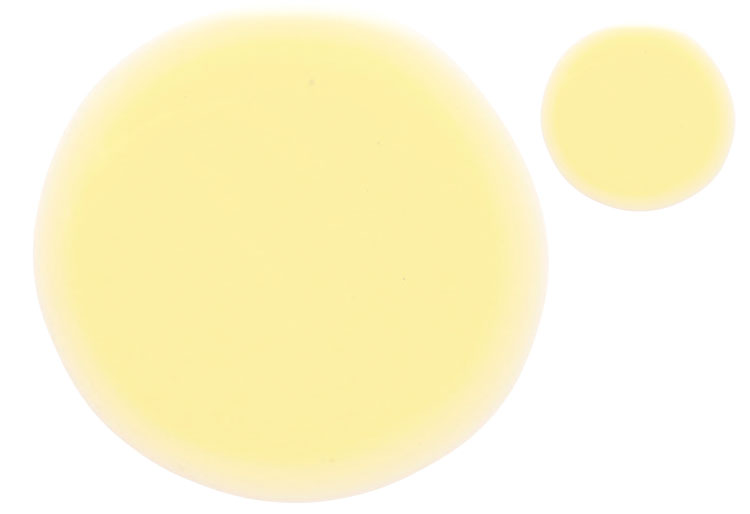
With green tea and bilberry extracts, Joyce Blok Super Serum is packed with vitamins and antioxidants.
The biggest culprit for skin damage is the sun. Covering up is the only defence – whether it’s with clothing, sunscreen or hat and sunglasses.
“Pigmentation is indicative of sun damage, whatever age it occurs. It’s a process by which the skin is trying to protect itself by forming an umbrella of melanin (brown pigment) over the cell nucleus to try to prevent DNA damage,” explains Lauren Harding, Medical Skin Therapist at The Face Place.
“As the damage accumulates, pigmentation becomes widespread and is often accompanied by dry, dull skin, because the more damage that occurs, the more the health of the skin will decline. It is often a desire to diminish the pigment as it tends to make us look more aged. It can go hand in hand with vascularity or capillaries and generally presents an uneven skin tone.”
“UV triggers pigmentation, which is the body’s natural defence mechanism to try to protect the skin cell. The cell responsible, called a melanocyte, has long arms and is responsible for protecting the immediate group of skin cells around it by injecting melanin into the skin cell. Unfortunately, this is not a foolproof system, and continued over-exposure to UV will still lead to DNA damage and subsequent cell mutations such as solar keratosis (age spots), basal cell carcinomas (BCC) and melanomas.”
So can pigmentation cause skin cancer? “The two of them are not related and related at the same time,” explains Katherine Atzen, founder of Atzen Skin Care. “Let me explain: pigmentation itself is usually not cancerous. A BCC or melanoma is a modification of cells. Some people have a lot of brown spots and do not get cancer and others have very little and do get cancer. Life is not fair. Skin cancer is usually related to sun damage – the UV gets inside skin and damages the DNA of the cells, then you have a modification of that DNA and it becomes a cancerous cell.”
This aversion to a “natural” tan is echoed by all skincare professionals. Dr Des Fernandes, South African plastic surgeon and founder of Environ Skin Care says that a tan is a scar. “When I originally made this statement, it was to highlight that melanocytes are stimulated to make pigmentation by traumatic effects happening at cellular level. In other words: a tan is a scar.”
So how do we treat pigmentation? “Pigmentation is a complex issue,” says Lauren. To really get to the bottom of it, it’s best to see a specialist. Intense Pulsed Light (IPL) therapy is great for treating pigmentation on the upper layers of the skin; but it doesn’t reach the deeper layers of the dermis. “IPL cauterises and cooks the pigmentation, ensuring it lifts away,” says Lauren. “The only way to really treat pigmentation is with topical nutrition and that is your at-home care. You must use serums and moisturisers with vitamins A and C and antioxidants.”
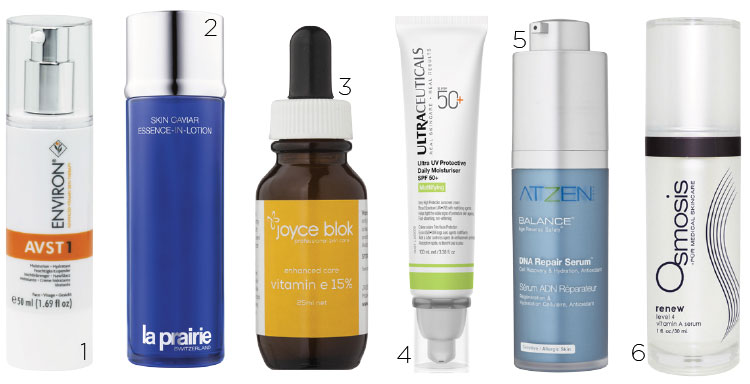
1. Environ AVST 1 moisturiser, $79.30. 2. La Prairie Skin Caviar Essence-In-Lotion, $340. 3. Joyce Blok Vitamin E15%, $127. 4. Ultraceuticals Ultra C23 Firming Concentrate, $159. 5. Atzen Balance DNA Repair Serum, 30ml $127. 6. Osmosis Renew Treatment A Serum, $160.
Lauren advises against IPL without preparing the skin. At least a month before any treatment she prescribes topical vitamin A and antioxidant creams to repair and strengthen compromised skin cells.
Skin nutrition is agreed to be the best way to combat pigmentation concerns and it is the easiest thing to do.
“The most important ingredient to normalise the skin is vitamin A, which works at DNA level in the cell and aids in cellular repair and function,” says Dr Des. Vitamin A products can be used from an early age, including teenage years. Environ cater for this with a specific youth line. “Yes, vitamin A can be used early on, in fact, as long as it is a non-irritant form, it is good to start using sooner than later. The same process happens in the skin at any age: UV breaks down the vitamins, including A, and damage still occurs.
By starting with these nutrients earlier on you are helping to protect and slow down the ageing process. There are forms of vitamin A, such as Retinyl Palmitate and Acetate, that are less irritating than Retinol,” explains Lauren, who stocks the Environ range at The Face Place.
If the younger you basked in the sun, you can’t do much to change the damage. But you can prevent further damage by always using sunscreen and being smart about how much time you sit exposed.




